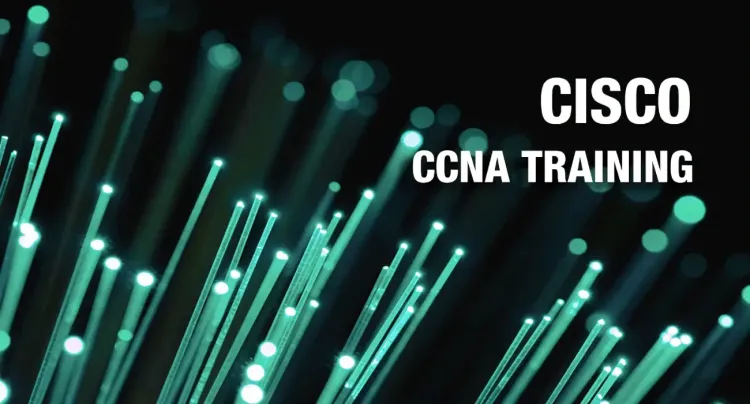“Introduction To Computer Networking” P2: Types of Networks

Welcome to the 4-part series of introduction to networking! Click Me links to rest of the series.
Parts of Introduction To Computer Networking
Navigating the Network Jungle: Understanding Different Types of Computer Networks
1. Communication Medium: Wired vs Wireless
Wired Network: Picture a highway made of cables, such as copper wire, twisted pair, or fiber optic cables. This is what we call a “wired” network. It uses these physical mediums to connect devices like laptops or desktop PCs to the Internet or another network.
Wireless Network: Now, imagine a network without any wires, where the medium is made up of electromagnetic or infrared waves. This is a “wireless” network. Devices like cell phones, wireless sensors, TV remotes, satellite dish receivers, and laptops with WLAN cards use this network. It uses radio frequency waves for data or voice communication.
2. Area Covered: LAN, MAN, and WAN
Local Area Network (LAN): A LAN is like a small neighborhood that covers an area of around 10 kilometers. It could be a single office, a building, or a campus, depending on the organization’s needs. Each host in a LAN has an address that identifies it.
Metropolitan Area Network (MAN): A MAN is like a network that covers an entire city. Think of it like the cable television network.
Wide Area Network (WAN): A WAN is a network that connects countries or continents, much like a global highway. The Internet is a great example of a WAN. It allows users to access a distributed system called WWW (World Wide Web) from anywhere around the globe.
3. Types of Communication: Point-to-Point, Multipoint, and Broadcast
Point-to-Point Networks: These networks establish a direct link between two nodes, much like a direct phone call between two people.
Multipoint Networks: These networks are like a conference call where more than two devices share links. The capacity of the channel is shared, either spatially or temporally.
Broadcast Networks: In broadcast networks, a single sender can be heard by numerous parties, much like a radio station broadcasting a signal.
4. Type of Architecture: P2P, Client-Server, and Hybrid
P2P Networks: In a peer-to-peer network, the “peers” are computer systems connected to each other over the Internet. They can share files directly without the use of a central server.
Client-Server Networks: In a client-server architecture, each computer or process on the network is either a client or a server. The client asks for services from the server, which the server provides.
Hybrid Networks: The hybrid model is like a network that uses a combination of client-server and peer-to-peer architecture. Think of it like a Torrent network.
So, are you ready to navigate the network jungle? Stay tuned to get started on this exciting journey! 🚀
